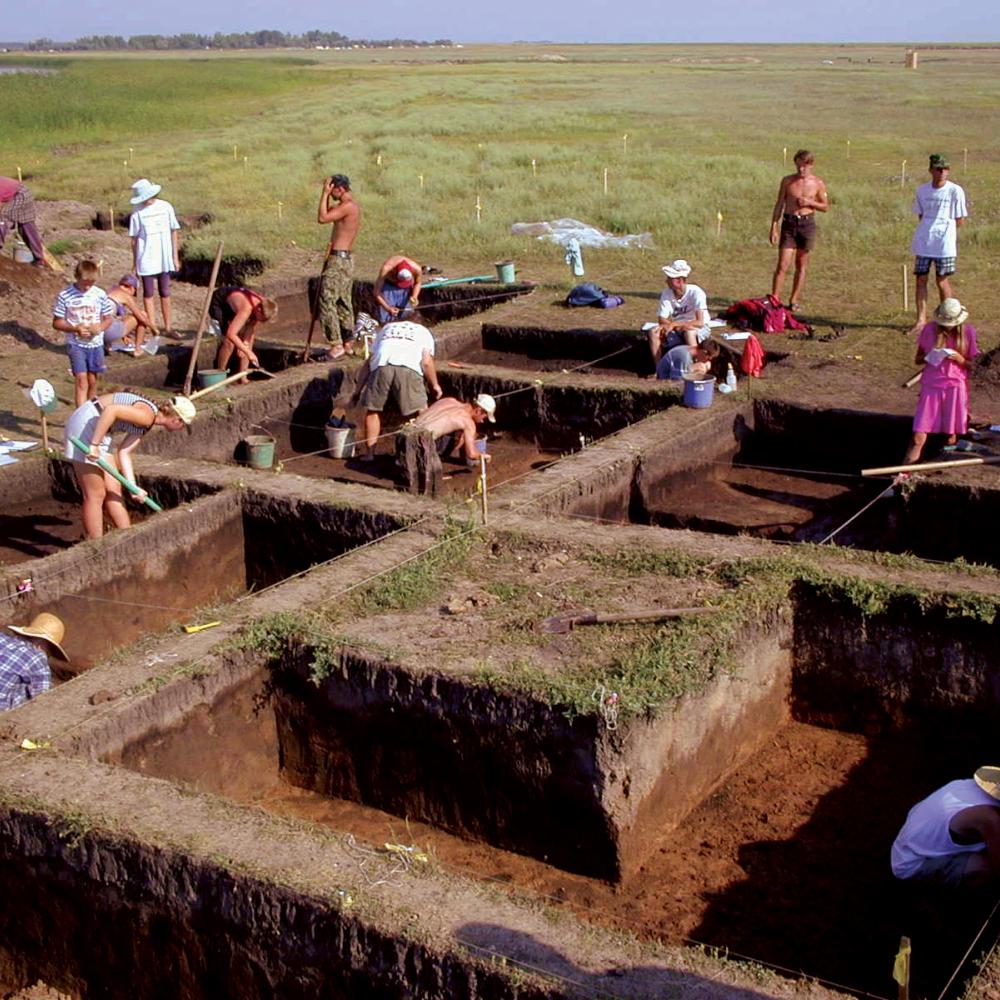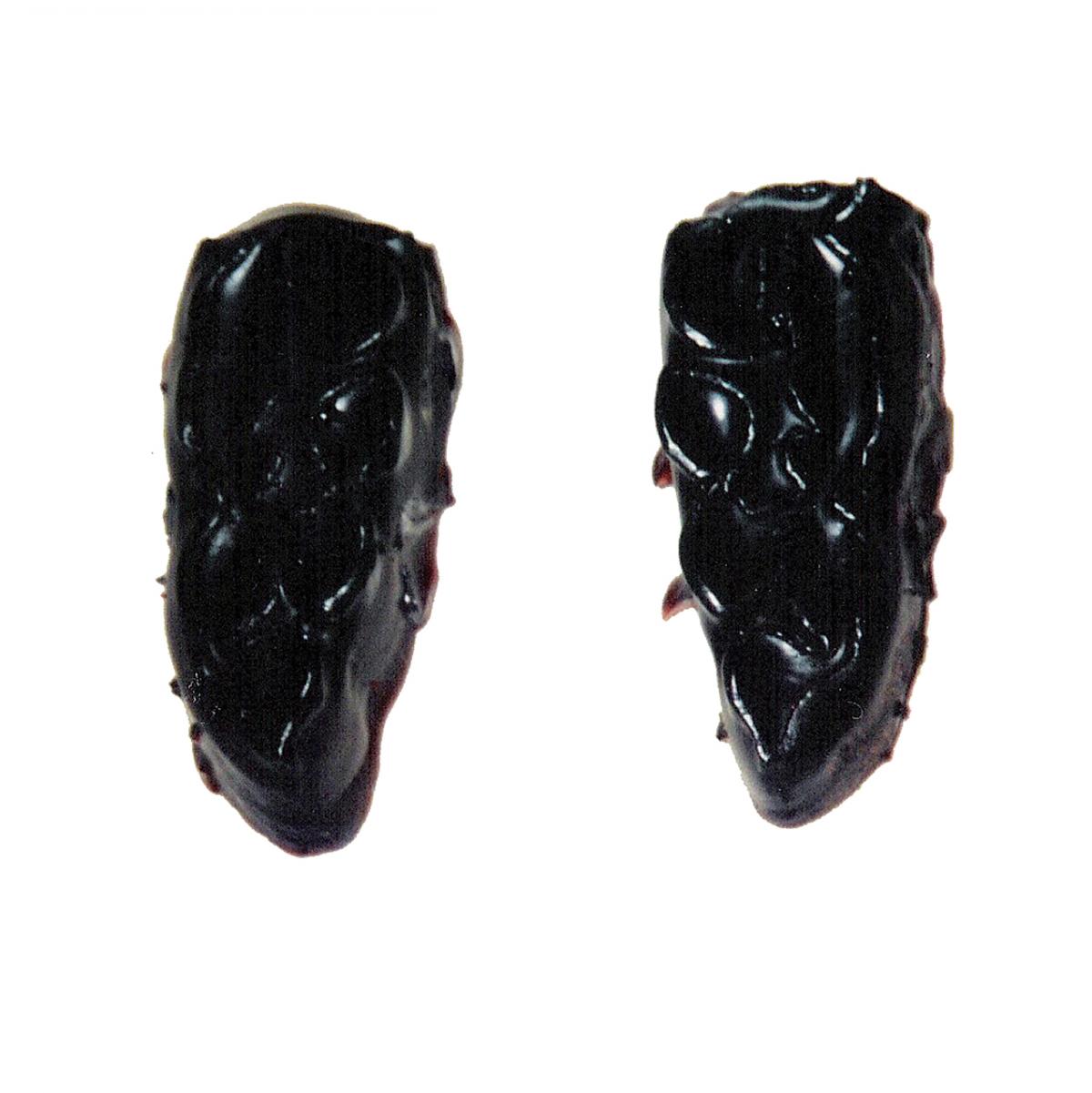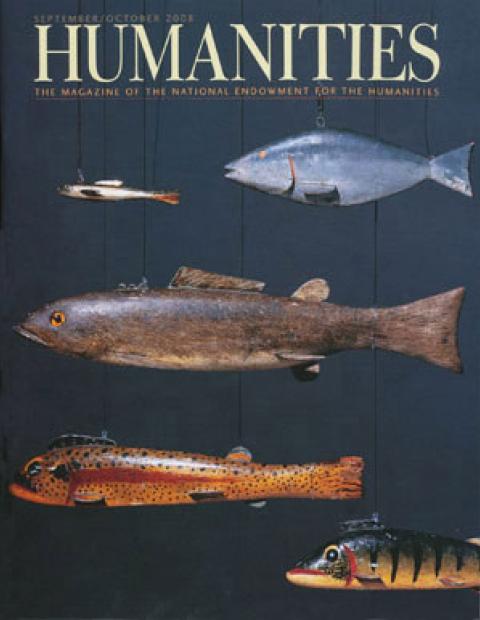Measuring teeth from dead horses in upstate New York seems an unlikely way to get at the truth behind some of the most controversial questions about the Old World. But David Anthony, a historian and archaeologist at Hartwick College, discovered that by comparing the teeth of modern horses with their Eurasian ancestors, he could determine where and when the ancient ones were ridden. And answering that seemingly arcane question is important if you want to explain why nearly half the world today speaks an Indo-European language.
The origin of Indo-European tongues has roiled scholarship since a British judge in eighteenth-century Calcutta noticed that Sanskrit and English were related. Generations of linguists have labored to reconstruct the mother from which sprang dozens of languages spoken from Wales to China. Their bitter disputes about who used proto-Indo-European, where they lived, and their impact on the budding civilizations of Mesopotamia, Iran, and the Indus River Valley are legion.
That contentious debate, says Anthony, has been “alternately dryly academic, comically absurd, and brutally political.” To advance their own goals, Nazi racists, American skinheads, Russian nationalists, and Hindu fundamentalists have all latched on to the idea of light-skinned and chariot-driving Aryans as bold purveyors of an early Indo-European culture, which came to dominate Eurasia. So the search for an Indo-European homeland is now the third rail of archaeology and linguistics. Anthony compares it to the Lost Dutchman’s mine—“discovered almost everywhere but confirmed nowhere.”
With his grizzled beard and affable manner, the fifty-nine-year-old Anthony is an unlikely candidate to wade into such dangerous territory. His father—an intelligence officer during and after World War II—taught the non-Indo-European tongue of Japanese at Randolph-Macon College in Virginia. Young David dreamed about the new-world Inca and Maya, cared little for livestock, and grew up unaware of the fierce arguments about who lived on the vast Eurasian steppes five millennia ago. The closest he got to the Old World was studying Spanish views of Inca history in Seville’s archives. But to convince potential graduate schools he had broad interests, he wrote a paper on Indo-European origins. “That paper,” he recalls, “became the rest of my life.”
The quest has led him to some strange places, from the inside of horses’ mouths to six vodka-drenched banquets hosted by hospitable Kazakhs in a single day. Now Anthony is putting himself in the scholarly crosshairs. His recent book, The Horse, the Wheel and Language: How Bronze-Age Riders from the Eurasian Steppes Shaped the Modern World, posits a location for that fabled Indo-European homeland, based on extensive research in linguistics, zoology, and old-world archaeology. Such chutzpah is enough to get attention in today’s academic world. Yet Anthony is also not a linguist or zoologist; his excavations have been mainly at North American prehistoric sites, and he claims not to know how to even ride a horse. But he has pieced together a comprehensive and remarkably vivid picture of the life and times of Bronze-Age riders who live on in the vocabulary of nearly half the world.
To unravel the mystery of Indo-European, he taught himself Russian to closely examine archaeological reports in obscure Soviet-era journals mostly ignored in the West. What he found were not the remains of crude barbarians living on the distant fringes of the civilizations blooming five thousand years ago on the banks of the Nile, Indus, and Tigris and Euphrates. Instead, these peoples of the steppes stretching from Bulgaria to Turkmenistan made quick and efficient use of the newly invented wheel, mined ore to forge metal tools and weapons, and lived in substantial villages and towns. They also participated in a vast network of trade that brought Afghan lapis lazuli to Egypt and Persian Gulf shells to the Central Asian deserts.
But did they ride? Cowboys without steeds can’t cover much territory. Horses would give any population on the grassy stretches of the steppes an enormous advantage in trade, warfare, and plain old pastoral migration. That mobility could be one way to explain the spread of the language which then morphed into a variety of tongues throughout Eurasia. Based on linguistic evidence, Anthony estimates that proto-Indo-European flourished between 4000 BCE and 3000 BCE before dying out by 2500 BCE. Yet clear representations and mentions of horses don’t appear in the Near East until about 2000 BCE. Archaeological evidence until recently has been difficult to obtain, since wild and domesticated horses look alike.
Anthony realized that one creative way to tell the two apart is to look a horse in the mouth. Collaborating with his wife, archaeologist Dorcas Brown, he measured the wear on the teeth of autopsied horses. Then, with a small grant, he bought five unbroken horses and stabled them at the State University of New York at Cobleskill. He and his students fashioned a variety of bits that may have been used five millennia ago, made from hemp rope, horsehair, bone, and leather, rather than the metal favored today. Then the horses had to be broken without using equipment. The trainer put Anthony in an enclosed paddock to show him how to achieve dominance using body motions alone “It was a stunning lesson,” he recalls. After a half hour, the wild horse responded to his movements as it would have to a lead stallion. “Since then, I’ve been up to my elbows inside horses’ mouths at least once a month.”
After his students rode each horse for one hundred and fifty hours, they found that even these organic bits like hemp rope wear down teeth, demonstrating that such wear and tear would show up on the molars of ancient domesticated horses as well. Taking advantage of the Iron Curtain’s collapse, Anthony and his wife visited museums across the former Soviet Union, measuring old teeth in dusty collections. He and Dorcas determined that horse teeth from two sites in northern Kazakhstan dating from 3500 BCE to 3000 BCE showed bit wear. Other scholars remain unconvinced, given the small samples. Anthony attributes some of that skepticism to the hothouse world of archaeozoology. “Dory and I are seen as interlopers—neither of us is a trained zoologist—and we have had a hard time getting accepted.”
Anthony contends that his data demonstrate that people on the steppes were using horses during the same time proto-Indo-European was current. Which part of the steppes? The ancient speakers left no written records, but they did leave clues embedded in our own speech—their words relate to our terms for bulls, cows, oxen, lambs, and pigs. They sheared wool, used wheeled vehicles, and had no word for city. And they were not above theft; from Celtic Ireland to the Iranian plateau, the verbs for cattle rustling are related. By examining the range of animal and plant species with proto-Indo-European roots with archaeological data from Russia, Ukraine, and Kazakhstan, Anthony pinpoints that homeland to the steppes north of the Black Sea and west of the Caucasus region called the Pontic-Caspian steppes. But these were not the marauding barbarians who swept out of the grasslands to terrorize farmers and plunder wealthy cities à la Genghis Khan. Instead, Anthony sees the proto-Indo-Europeans as self-sufficient people migrating in fits and starts, perhaps sometimes peacefully filtering into settled areas or occasionally through warfare.
But those conclusions, though based on an exhaustive analysis of pottery and radiocarbon dates from the region, irk colleagues. “Languages are culturally learned, not biologically inherited,” notes Phil Kohl, an archaeologist at Wellesley College in Massachusetts who knows and respects Anthony’s work. “Conflating language and culture and race is the cardinal sin of anthropology.” That is because the language a person speaks doesn’t necessarily mean they come from a particular ethnic group—Hispanic Americans may speak English and Siberian herders may speak Russian. But some scientists and nationalists in the nineteenth and twentieth centuries used the search for an Aryan tongue and homeland to attempt to prove racial purity of modern ethnic groups, a concept now rejected by most academics. While praising his thorough and comprehensive study, he says that Anthony uses archaeological data to fit his model. Kohl adds that, like many other scholars, Anthony has fallen prey to the romance surrounding the Bronze-Age riders, noting that the book’s subtitle claims those riders “shaped the modern world.” Kohl adds, “If I didn’t know him better, I’d label him a racist.”
Anthony dismisses such criticism as itself mired in old thinking about the interaction of language and material culture. “We’ve all been taught for years not to talk about it because of its colonialist and racist baggage,” he says, adding that he doesn’t like being labeled a romantic because he sees himself foremost as a careful scientist. But he does acknowledge that he has come to view archaeology “as a form of ancestor worship.” When he was fifteen, he read a passage from the Scottish historian Thomas Carlyle that says: “Consider History, with the beginnings of it stretching dimly into the remote time, emerging darkly out of the mysterious Eternity, the true Epic poem and universal Divine scripture.” That poetic vision has stuck with him through his decades of painstaking research, what he calls “a personal Rosebud.” And that, he adds, “might make me a romantic—or a Buddhist.”



